
-
Find the right food for your petTake this quiz to see which food may be the best for your furry friend.Find the right food for your petTake this quiz to see which food may be the best for your furry friend.Health CategoryFeatured products
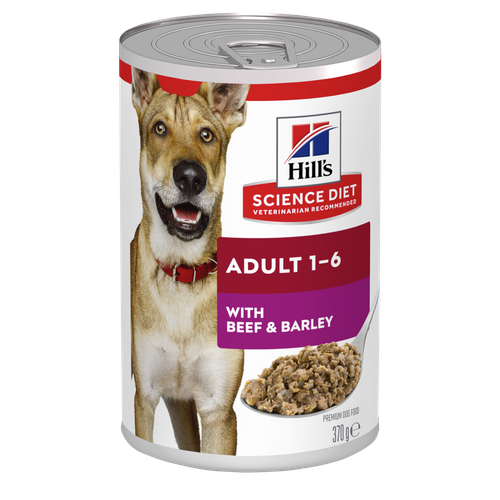 Adult with Beef & Barley Dog Food
Adult with Beef & Barley Dog FoodBeef & Barley recipe with precisely balanced nutrition to keep Adult dogs active and healthy
Shop Now Adult with Chicken & Barley Wet Dog Food
Adult with Chicken & Barley Wet Dog FoodChicken & Barley recipe with precisely balanced nutrition to keep Adult dogs active and healthy
Shop Now Adult Sensitive Stomach & Skin Chicken Recipe Dog Food
Adult Sensitive Stomach & Skin Chicken Recipe Dog FoodHill's Science Diet Sensitive Stomach & Skin dry dog food is gentle on stomachs while nourishing skin & promoting a lustrous coat.
Shop NowFeatured products Adult Chicken & Spinach Casserole Cat Food
Adult Chicken & Spinach Casserole Cat FoodWith delicious chunks in a decadent gravy
Shop Now Sensitive Stomach & Skin Chicken & Beef Dinner
Sensitive Stomach & Skin Chicken & Beef DinnerGourmet daily nutrition, carefully made. Tasty chunks with chicken & beef in a decadent gravy. Supports digestive health, nourishes skin and promotes a lustrous fur.
Shop Now Adult 7+ Tender Tuna Dinner Cat Food
Adult 7+ Tender Tuna Dinner Cat FoodWith delicious chunks in a decadent gravy
Shop Now -
DogCat
- Cat Tips & Articles
-
Health Category
- Weight
- Skin & Food Sensitivities
- Urinary
- Digestive
- Kidney
- Dental
- Serious Illness
-
Life Stage
- Kitten Nutrition
- Adult Nutrition
Featured articles Pet Food Storage Tips
Pet Food Storage TipsWhere you store your cat and dog food can make a big difference in the quality and freshness once it is opened. Here are some common questions and recommendations for optimal storage for all of Hill’s dry and canned cat and dog food.
Read More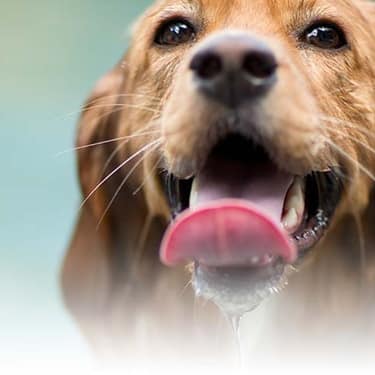 Water
WaterWater is the most important nutrient of all and essential for life. Animals can lose almost all their fat and half their protein and still survive, but if they lose 15% of their water, it will mean death.
Read MoreHill's Australian Bushfire EffortsRead More -


Moving is not only a big moment in your life — it's also a big deal for your cat or dog. There are a few important safety tips to consider before, during and after the big day when you are moving with pets. By taking a few precautions along the way, you can learn how to move with pets in a way that's the least stressful for your furry companions.
Getting Ready to Go
Figuring out how to move with a pet takes some planning up front. Having your dog or cat in the house while different people go in and out and favorite items get packed away will likely cause stress and anxiety for your pet. If possible, you should start getting your dog or cat comfortable with a pet day care center or pet sitter a few weeks before the move. On the day of the move, your fur friend can stay with the sitter, day care or kennel and not be nervous and underfoot while you're hauling boxes.
While you're packing everything, make sure you keep your pet's favorite toys, bedding and food bowls out of the regular moving boxes. Packing these items last will allow for a quick setup of your pup or cat's familiar items as soon as you introduce them to their new home.
If you've ever gone for an extended period of time, you may have noticed that your pet can sense something. They are very good at picking up on your departure (dogs more so than cats) whether it is trying to get in your suitcase while you pack, lying around and moping, or sitting by the door wagging their tail as if they get to go with you. Packing everything in boxes will only intensify this feeling, so setting apart time each day that you pack up a new room to spend time with them and assure them that everything is going to be OK can go a long way in easing their anxieties.
Update Pet Information
Another consideration is to update your pet's microchip with your new address. Make sure you have updated tags to put on your cat's or dog's collar, as well. If your pet gets loose in your new neighborhood, you want to be sure people can reunite the two of you. Finally, ask your current veterinarian or a local friend for recommendations if you need to find a new vet after the move.
It's also a good idea to plan ahead, especially if you're making a move of considerable distance. Start by researching vets and pet stores in the area. You want to make sure that you can quickly care for your dog's or cat's needs if something happens during the move. This includes finding an emergency vet phone number ahead of time, in case some serious happens. You want to be able to get ahold of someone as quickly as possible, without having to search the internet for a vet after an incident occurs.



Tasty Tips
Young pets may need several visits in their first year for vaccinations. Adult pets generally benefit from annual check-ups, while senior or special-needs pets might require more frequent visits.
How to Move With a Pet: The Big Day
On moving day, check your pet's collar to make sure it is snug and the tags are securely attached before you drop them off at the sitter's or day care center. Moving is often a long and exhausting process, so you can make overnight arrangements and pick up your dog or cat the next day if necessary.
Wait until strangers and large groups of people are gone before you go to pick up your pet. Then, survey your new home for these hazards before you let your cat or dog into the house:
- Double-check that all doors and windows are securely closed.
- Sweep up any sharp debris and toxic cleaning supplies.
- Secure any wobbly furniture, closets or boxes that a could injure a curious cat.
- Make sure all garbage is out of sight and in a dog-proof container.
One of the first things you should do after letting your pet sniff around their new digs is to point out the bathroom spot. You dog needs to know which door he will go out, and your cat should be able to find her litter box easily. Accidents are a possibility with nervous pets, so don't scold your dog or cat if it takes a day or two for them to adjust.
If you have a cat, all of the new boxes could become a safe haven for her before and after the move. Make sure to pay special attention to where she is at all times, so she does not accidentally find herself in a box that she shouldn't be. This is especially important if you have people helping you move that are not aware of the cat.
Managing Your Pet's Stress
Your attitude toward moving can have a major effect on your pet. Try to remain as calm and positive as possible, and ask your family members or roommates to do the same. A move that is due to a stressful life change like a breakup or divorce might cause a little more stress for your pet, Canada's Pet Information Centre notes. Pets are creatures of habit, and changing households or family structures can be extremely hard on them. Even if the surroundings and people are going to change, try to keep up your pet's routine for mealtime, walks, playtime and sleeping.
You can also lessen your pet's moving anxiety by keeping their familiar bedding, bowls and toys for the new place and resisting the temptation to buy new supplies. Avoiding locking your dog in a strange room all day or letting your kitty roam while movers or relatives are walking in and out of the house.

Home Sweet Home
Once everything is moved into your new home, including your four-legged friend, be sure to give your pet some extra one-on-one time. A little extra cuddling or playtime may help them feel safer and less anxious. Your pet will likely need a few days or weeks to make the adjustment to a new home.
Anxiety in cats and dogs can have different signs, but there are a few things to watch for that could mean your pet is struggling to adapt to the new surroundings:
- A change in eating habits, like overeating or refusing food
- Withdrawal or hiding
- Excessive grooming
- Vomiting or diarrhea
If you notice any of these behaviors lasting for more than a day or two, talk with your vet about how to help your pet calm down and feel comfortable in your new home.
Moving with pets can be challenging. If you take the proper steps, before, during and after a move, a new home can be a positive change for the whole fur family.


Chrissie Klinger is an educator, writer and mother of two children, three dogs and three cats. Her dog Jake loves sitting on her lap every chance he gets! She enjoys living an active and eco-friendly lifestyle in rural Pennsylvania.
Related products
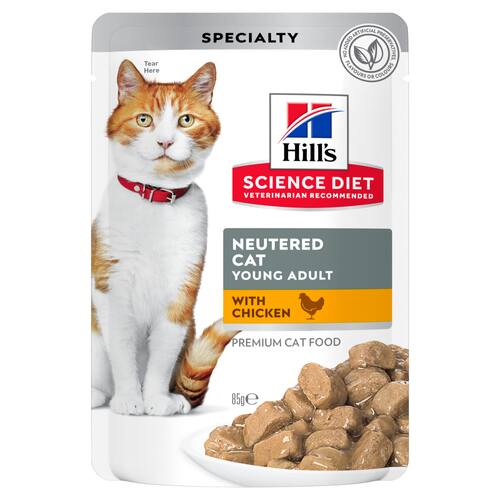
Precisely balanced nutrition with the delicious taste of Chicken to meet the needs of neutered cats

Precisely balanced nutrition with the delicious taste of salmon to meet the needs of neutered cats

With delicious chunks in a decadent gravy
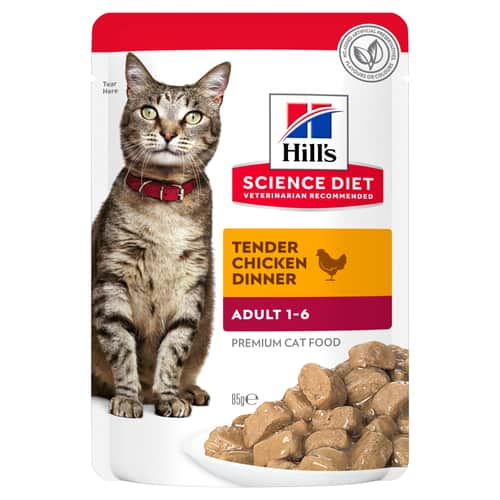
Precisely balanced nutrition to support immunity, healthy digestion and lean muscles in cats
Related articles

Where you store your cat and dog food can make a big difference in the quality and freshness once it is opened. Here are some common questions and recommendations for optimal storage for all of Hill’s dry and canned cat and dog food.

Water is the most important nutrient of all and essential for life. Animals can lose almost all their fat and half their protein and still survive, but if they lose 15% of their water, it will mean death.
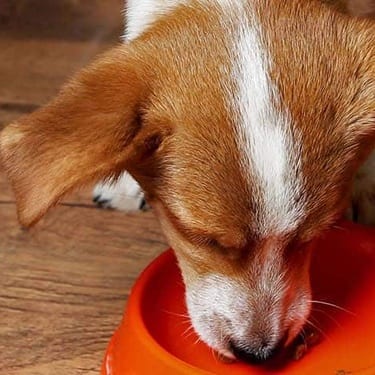
Learn what to look for in healthy pet food & nutrition, including ingredients, quality of the manufacturer, your pet's age, and any special needs they have.
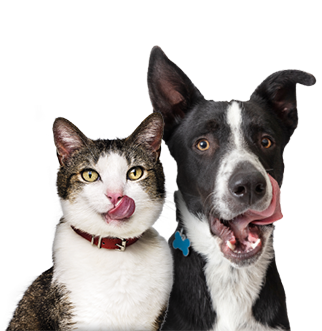
Put your pet on a diet without them knowing
Our low calorie formula helps you control your pet's weight. It's packed with high-quality protein for building lean muscles, and made with purposeful ingredients for a flavorful, nutritious meal. Clinically proven antioxidants, Vitamin C+E, help promote a healthy immune system.
Put your pet on a diet without them knowing
Our low calorie formula helps you control your pet's weight. It's packed with high-quality protein for building lean muscles, and made with purposeful ingredients for a flavorful, nutritious meal. Clinically proven antioxidants, Vitamin C+E, help promote a healthy immune system.

